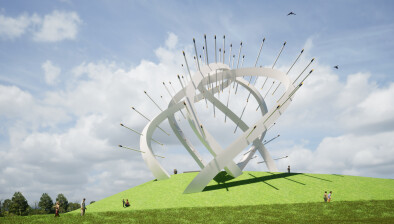And finally… World landmarks reimagined as green energy hubs
Six of the world’s most famous landmarks have been given a green makeover and reimagined as environmentally friendly energy hubs.
Niagara Falls, the Pyramids of Giza, the Eiffel Tower, Taj Mahal, Sydney Opera House, and Big Ben have all been given a green facelift to show how renewable energy could be harnessed at the sites.
According to the compilers, Big Ben is perfect for biomass energy which means turning it into a living building, while Niagara Falls, the most powerful waterfall in North America is the obvious choice for hydroelectric power.
The Taj Mahal is in a good spot for solar energy with India enjoying around 300 sunny days a year. So too are the Pyramids of Giza with over 3,000 hours of sunshine annually.
Sydney Opera House is ideal for wind energy thanks to its coastal location as is the Eiffel Tower due to its height.
Big Ben - Biomass Energy
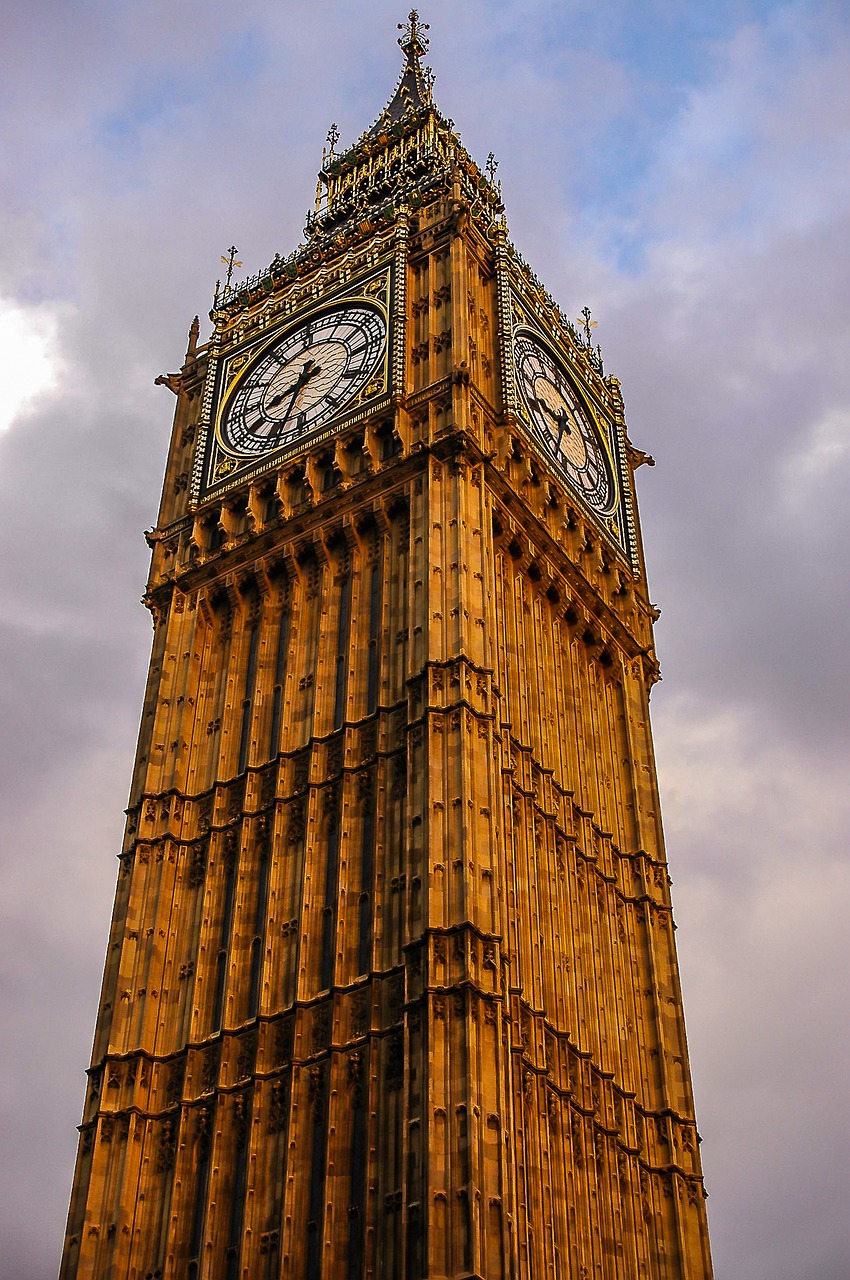
Big Ben is probably the world’s most famous clock and is the nickname for the Great Bell of the striking clock at the north end of the Palace of Westminster in London. It is one of the most iconic British landmarks and a must-see London attraction.
The production of electric power from biomass takes up the most space of all energy sources. With biomass crops taking up space, new spaces are needed to help harness this renewable energy.
An innovative solution could be to make Big Ben a living building, and harvest crops such as corn and soy to use for energy. Big Ben’s tower stands 316 feet (96 m) tall, so there is more than enough space to grow crops for biomass energy on this famous clocktower.
Sydney Opera House - Wind Energy
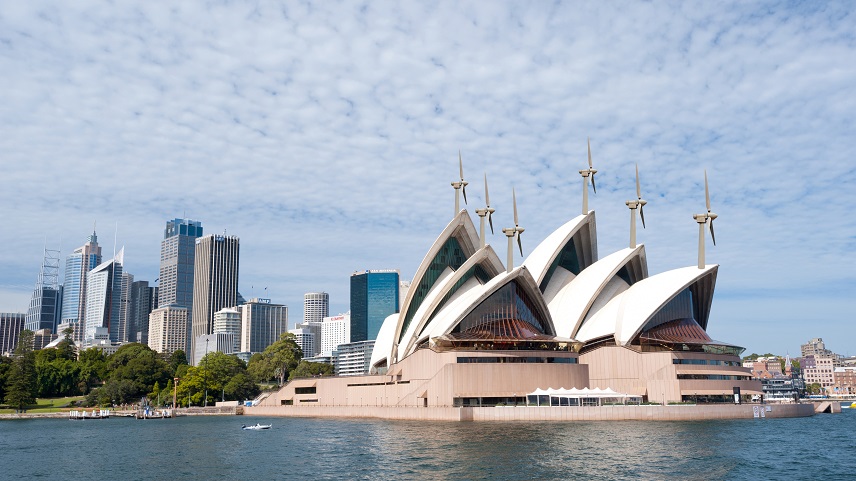
One of the most iconic buildings in the world, the Sydney Opera House is an architectural masterpiece. Located in Sydney Harbour in Sydney, New South Wales, Australia, it is one of the 20th century’s most famous and distinctive buildings.
The coastal location makes it perfect to capture the wind, and the average wind speed in Sydney harbour is 7.8 miles per hour.
A modern wind turbine begins to produce electricity when wind speed reaches 6-9 miles per hour (mph). It is reckoned that an average onshore wind turbine rated at 2.5 – 3 megawatts can produce more than 6 million kWh every year.
Pyramids of Giza - Solar Energy
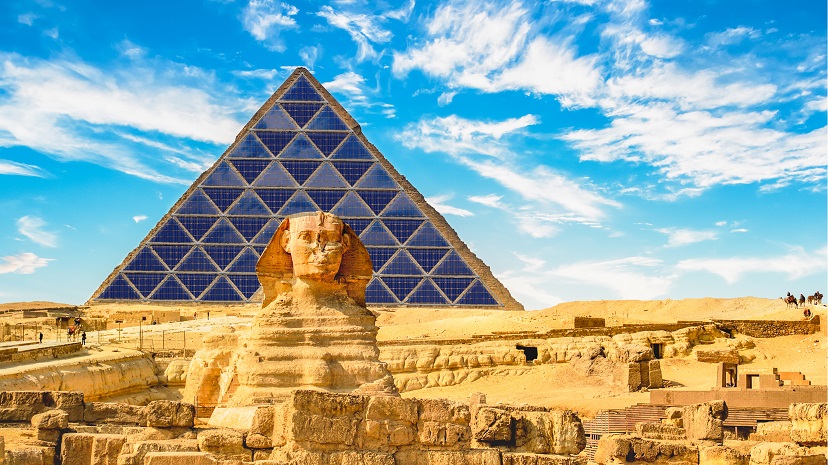
The Giza pyramids were erected on a rocky plateau on the west bank of the Nile in northern Egypt, and they are royal tombs built for three different pharaohs.
The middle pyramid, with the Sphinx in front of it, was built for a pharaoh called Khafre, the fourth of the eight kings of the 4th dynasty. The structure measures 707.75 feet (216 metres) on each side and was originally 471 feet (143 metres) high.
In Cairo, there is an average of 3451 hours of sunlight per year (of a possible 4383) with an average of 9:26 of sunlight per day, making it perfect to capture solar energy and soak up the Egyptian sun.
Solar panels usually produce between 250 and 400 Watts of power. Actual output will depend on factors like shading, orientation, and sun hours.
But looking at the average size of solar panels (approx 2m²), and the surface area of the east-facing side of the pyramid, we estimate it would generate up to 3,750,000 watts of energy every day.
Taj Mahal - Solar Energy
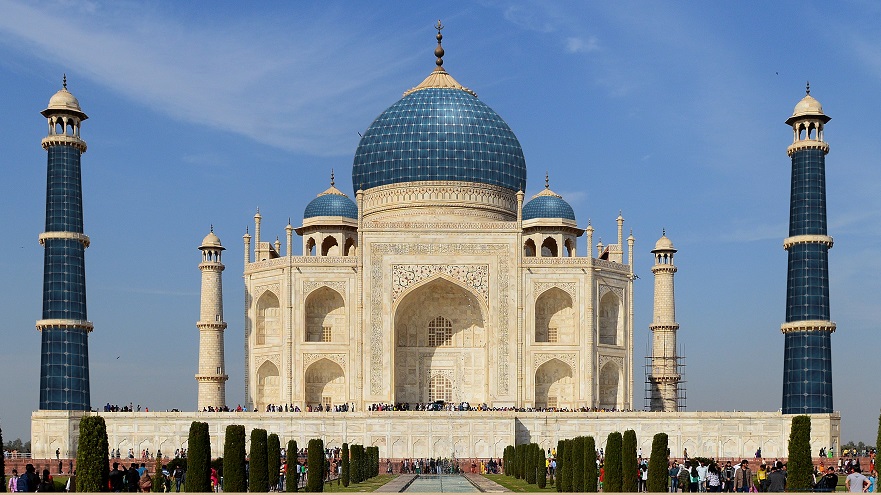
The Taj Mahal is a UNESCO World Heritage Site, and known as “the jewel of art in India”.
Constructed out of white marble, the symmetry of the Taj Mahal is perfect and features a central onion dome, with four smaller ones surrounding it. The main dome is 115 feet tall, with the entire structure reaching just 561 feet. The dome is 17.70m in diameter for the height of the arc of 24.4m.
India has 300 sunny days a year and the Taj Mahal is well placed to soak up the solar energy.
Eiffel Tower - Wind Energy

The Eiffel Tower is a world-famous Parisian landmark, and also a technological masterpiece in building-construction history.
The tower itself is 300 metres (984 feet) high, and it has already embraced renewable energy as part of a renovation, by installing two vertical axis wind turbines. Located above the second level, the turbines will produce over 10,000kWh of electricity a year, enough to power the commercial areas on the Eiffel Tower’s first floor.
So, we have taken this to the next level and added in a turbine at the peak of the tower to truly harness the wind power and amplify the tower’s renewable energy capabilities further.
Niagara Falls - Hydro Energy
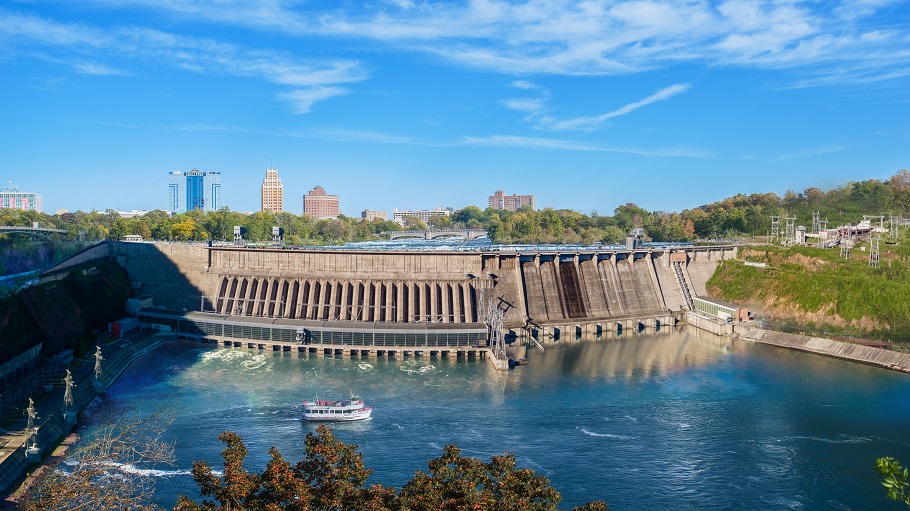
Niagara Falls spans the border between the province of Ontario in Canada and the state of New York in the United States. Horseshoe Falls at Niagara Falls is the most powerful waterfall in North America, measured by flow rate. With 3160 tonnes (3,217,904 litres) of water flowing through every second, Niagara falls can harness this water to generate energy.
Usually, there needs to be a drop of over 10 metres for a hydro turbine to be viable, which is no problem for Niagara Falls sitting over 50 metres high.
Taking the height and flow rate of Niagara Falls, if hydro energy was utilised, we estimate that 947,029,147 watts of energy could be produced every second.
Ben Gallizzi, an energy expert at comparison site money.co.uk, which compiled the list, said: “Renewable energy comes from the earth’s natural resources - it’s generated from sustainable, 100% renewable sources like wind, sun, and water.
“Also known as green energy, it is better for the environment than traditional fossil fuels, and helps slow climate change and cause less pollution. It is one of the most effective tools we have in the fight against climate change.
“We wanted to see if we could utilise exciting spaces and reimagine some of the world’s most famous landmarks as green energy hubs using renewable energy.
“These landmarks have a certain geographical location, climate, size, height, and more to determine the best renewable energy type.”














